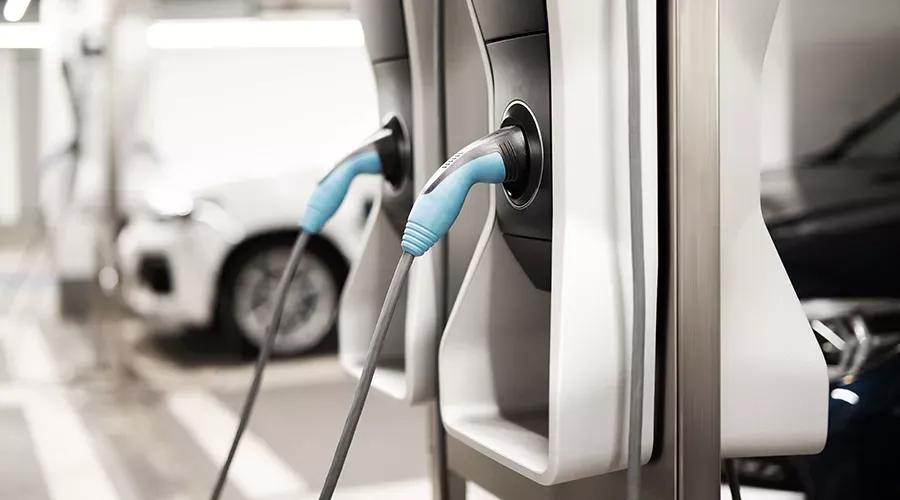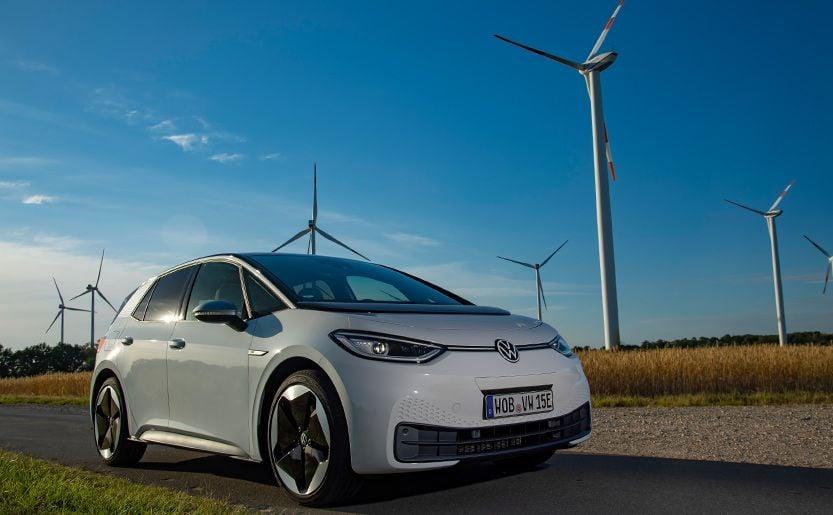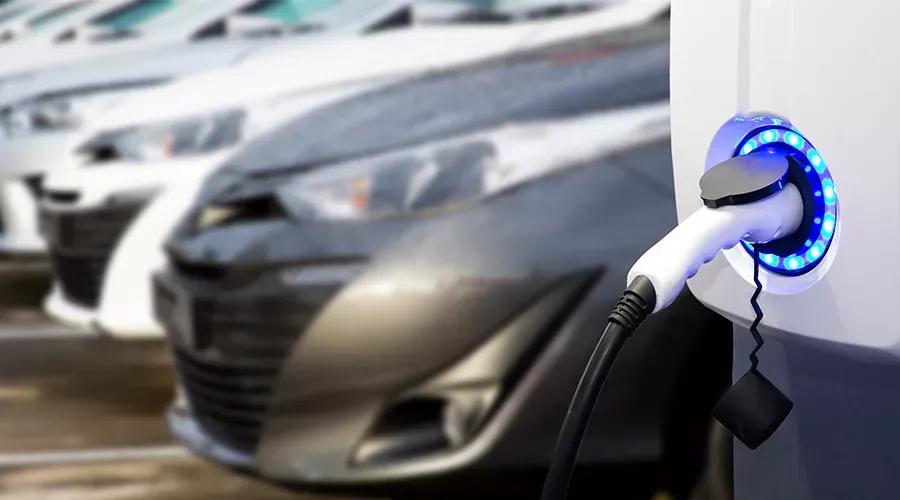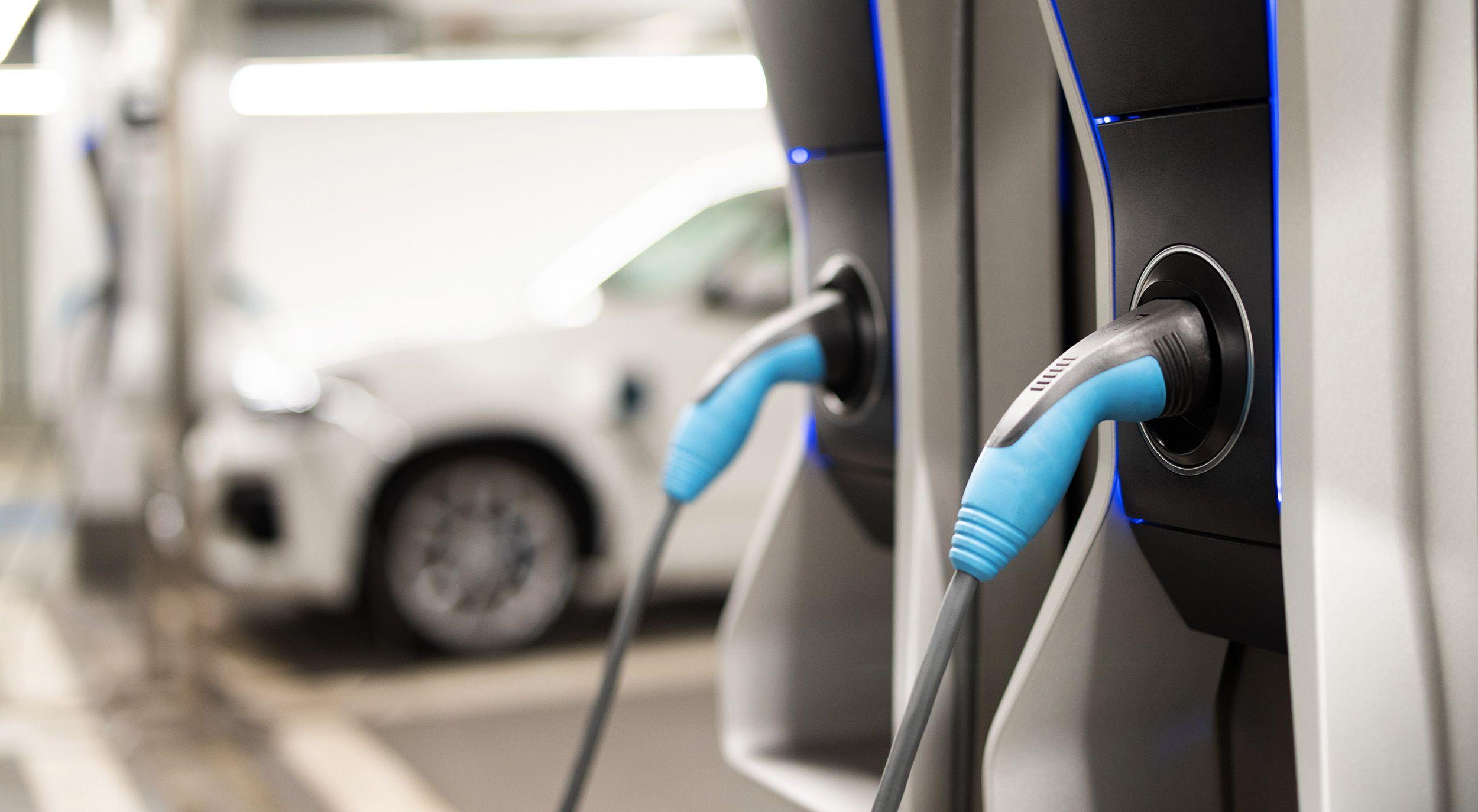The capacity of the mains connection is essential
The mains connection as a direct connection to the power grid is the crucial factor: The dimensions – simply put, the thickness of the cable and the size of the transformer – determine the maximum power available to all power consumers at the site. This applies not only to the building itself but also to the e-vehicles. The use of a load management system, which automatically controls the electricity supply to the electric vehicles, taking all buildings and vehicles into account, ensures that the existing grid connection is sufficient. This avoids an expensive expansion of the grid connection, since the associated investment costs for the physical expansion of the connection are minimized, as are the annual operating costs for the electricity supply (annual consumption must, however, exceed 100,000 kWh, which corresponds, for example, to the consumption of a medium-sized car dealership).
If the existing grid connection power is sufficient, the charging points can be set up relatively quickly. A physical expansion of the grid connection is more costly and far more time-consuming. It usually requires new, more powerful supply lines, and upstream transformers may even be affected as well. Depending on the size of the project, costs can quickly add up to tens of thousands or more. It therefore makes all the more sense to minimize, or better yet, avoid this often unnecessary investment altogether by means of a smart charging system.
Smart charging keeps costs down
An analysis of future usage behavior is essential for calculating a realistic estimate of the actual grid connection capacity that will be required. According to the VDE standard in Germany, a simultaneity factor of 1 must be applied for charging infrastructures with no charging and energy management system installed (VDE 0100-722). This means it must be assumed that all vehicles are charged at full power simultaneously. The entire infrastructure – including grid connection and transformers – must be designed for this scenario. In practice, however, this is not at all necessary: According to the VDE standard, the simultaneity factor of the distribution circuit, which supplies several connection points, can be set to <1 if a charging and energy management system is installed. A smart charging and energy management system reduces the charging power or staggers the charging processes and thus adapts the power supply of the electric vehicles according to the available grid connection. With the help of a good charging and energy management system, the simultaneity factor can be reduced to about 0.2 for common vehicle downtimes, which mostly applies to companies with long vehicle downtime. This means, for example, that for a fleet of 100 vehicles, a maximum of only 20 can be charged simultaneously at full power. The Association of German Engineers recommends charging and energy management for as few as three vehicles charging at the same time in order to control their charging in relation to other network consumers (VDI 2166).
This also has a positive effect on electricity costs, which are comprised of several components: energy costs, taxes and levies, and grid fees. Energy costs as well as taxes and levies are incurred for the amount of energy actually consumed (kWh). Electricity customers with an annual consumption of more than 100,000 kWh are also subject to an additional output-dependent component, known as the demand charge (€/kW/a). The demand charge leads to each additional kilowatt (kW) costing between 20 and 120 euros more – even if this peak load is only reached once a year.
Smart control of the charging processes reduces these output-related costs. In practice, our charging and energy management system ChargePilot® lowered the maximum required mains connection capacity by more than 65 percent and peak loads by almost 50 percent for a fleet of more than 100 electric vehicles. The following graphic illustrates these savings based on a real example of a bus depot.
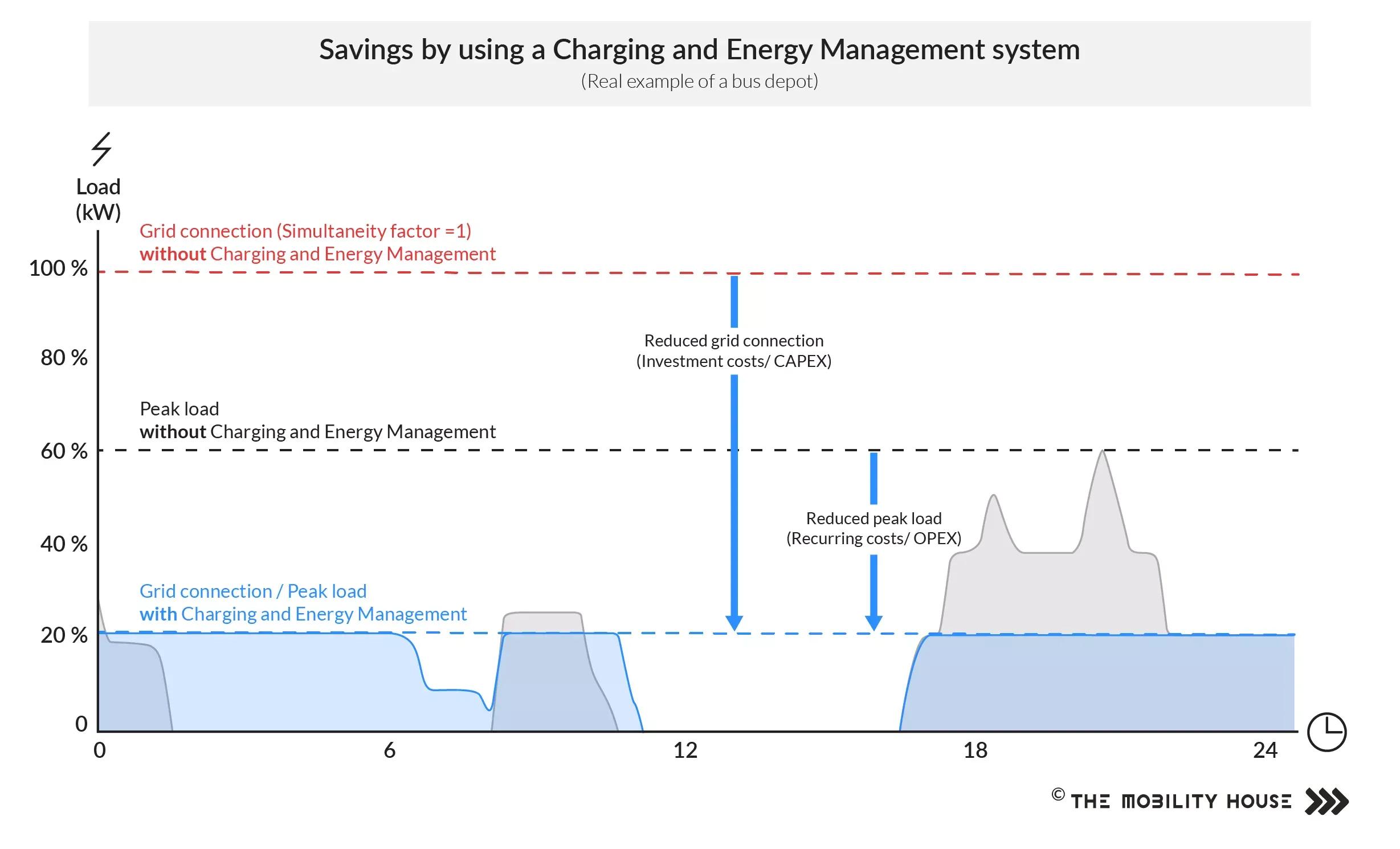
Standards-compliant installation by a specialist
The installation of charging stations with an output of 3.7 kW or more must be registered with the relevant utility company – and officially authorized from 12 kW on. Proper installation and maintenance in accordance with applicable standards, which are defined in the “Technische Anschlussbedingung” (technical connection conditions) and the manufacturer’s installation instructions, may only be carried out by a qualified electrician. It should be noted, among other things, that each charging station must be connected via a separate circuit, that the power line must be dimensioned according to the desired charging power, and that suitable residual current devices (RCDs) and circuit breakers (CBs) must be installed.
The installation costs depend very much on the conditions on site and can only be precisely quantified after an individual site check. Depending on the on-site requirements, costs can range from 800 euros per charging point for simple projects to 6000 euros for more complex installations involving excavation work. In most cases, customers can expect to receive a high-performance e-car infrastructure for 2000 to 4000 euros per charging point.
The success of the conversion or expansion of a vehicle fleet to include electric vehicles depends heavily on the careful planning of many different factors. It is therefore well worth calling in a specialized and experienced service provider to analyze the situation and the requirements, and to develop a suitable concept.
Are you looking to convert your fleet to electric vehicles, or to allow
guests, residents and customers to use your charging facilities? The Mobility
House has already sold/installed more than 60,000 charging stations and
successfully implemented more than 200 medium-to-large customer projects with
charging and energy management solutions. We are more than happy to
support you in setting up a cost-effective and customized solution.
